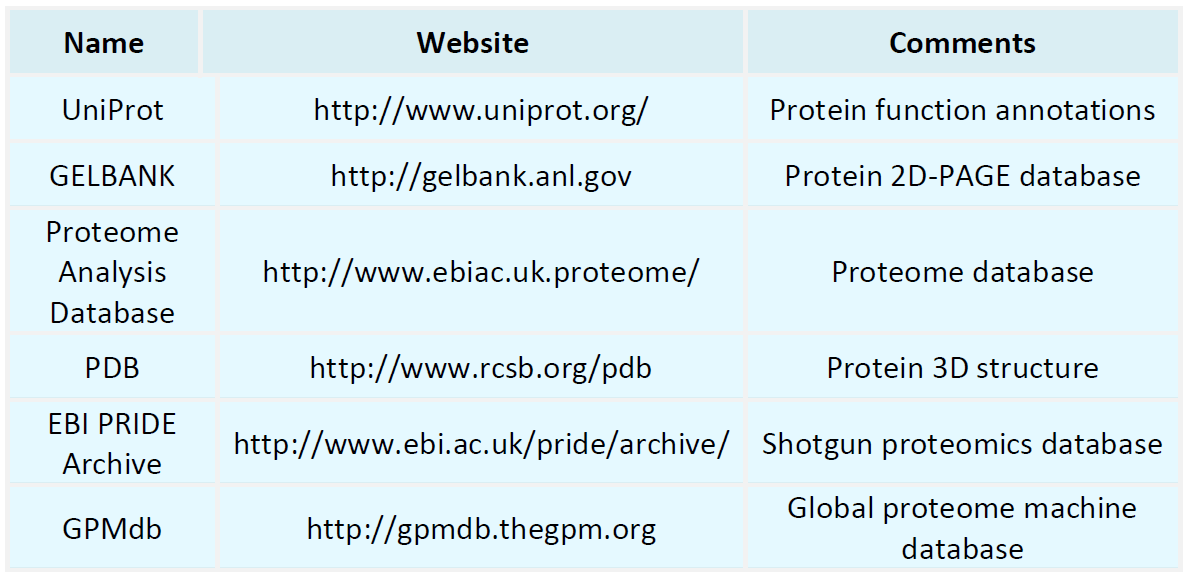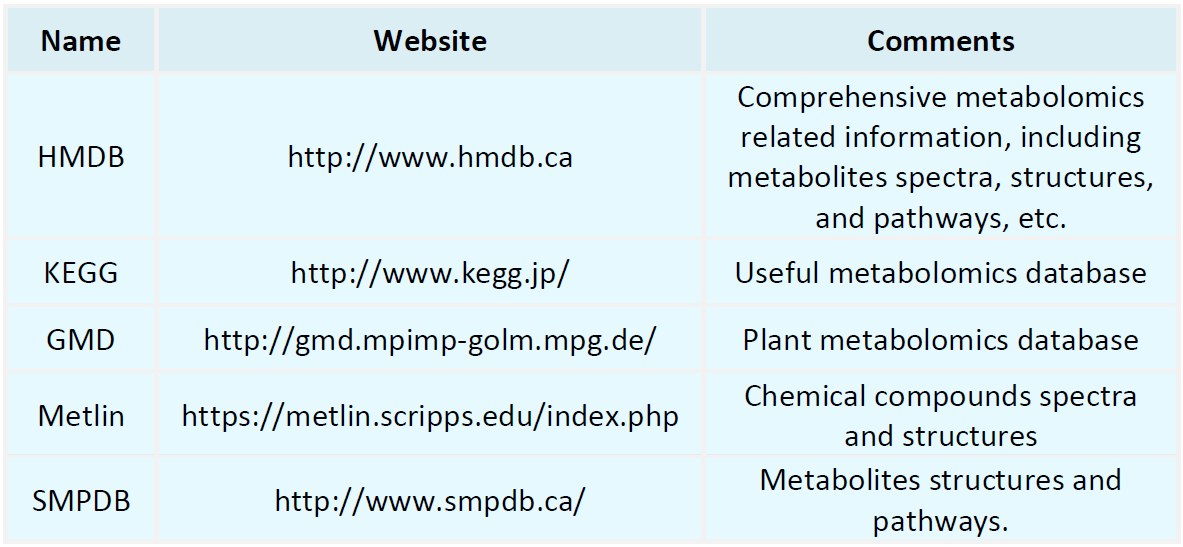Resources
Proteomics Databases

Metabolomics Databases

-
Spatial proteomics integrates proteomic analysis with spatial localization technologies to characterize the distribution, abundance, and interactions of proteins at the tissue, cellular, and even subcellular levels. This field centers on three key questions: where proteins reside, with which partners they interact, and how their functions vary across locations. Traditional proteomic workflows typically require homogenization of biological samples to generate bulk protein expression profiles. Although ......
-
• Brief Introduction of Protein‑Protein Interaction (PPI)
Within the highly complex microscopic environment of the cell, proteins rarely function in isolation. From signal transduction to metabolic regulation, and from cytoskeletal organization to transcriptional control, nearly all biological activities depend on finely coordinated interactions among proteins. These interactions, collectively termed protein–protein interactions (PPI), involve the formation of stable or transient complexes between two or more protein molecules through noncovalent forces such......
-
• How Does Peptidomics Bridge the Gaps in Proteomics?
Does Proteomics Truly Provide Comprehensive Coverage? Proteomics has become a cornerstone technology for elucidating the functional states of biological systems, particularly playing a crucial role in deciphering disease mechanisms and identifying biomarkers. However, with continued advances in research, scientists have increasingly recognized that even high-throughput and highly sensitive mass spectrometry–based proteomics possesses intrinsic limitations. These limitations include: Inability to accu......
-
• How HLA Immunopeptidomics Advances Cancer Antigen Recognition?
The Core Question in Cancer Immunotherapy: How Do T Cells Recognize Tumors? T cells do not directly recognize cancer cells themselves; instead, they assess whether a cell is abnormal through peptides presented by major histocompatibility complex (MHC, also known as HLA) molecules. Consequently, identifying and characterizing HLA-presented peptides, particularly those derived from oncogenic mutations, aberrantly expressed proteins, or viral integrations, collectively known as cancer antigen peptides, i......
-
• A Comprehensive Phosphoproteomics Workflow: From Sample Preparation to Data Analysis
Phosphoproteomics represents a crucial subfield of proteomics dedicated to the study of protein phosphorylation and its functional roles within cells. Protein phosphorylation, a common and reversible post-translational modification, involves the addition of phosphate groups to serine, threonine, or tyrosine residues. This process modulates protein activity, subcellular localization, stability, and molecular interactions. In cellular signaling pathways, phosphorylation functions as a molecular switch, ......
-
• Targeted Protein Quantification: Achieving Precision at the Peptide Level through PRM Technology
In proteomics research, achieving accurate and reproducible quantification of proteins of interest is essential for elucidating disease mechanisms, validating drug targets, and facilitating translational studies. However, due to the intrinsic complexity of proteins and the vast dynamic range of their expression levels, direct quantification at the protein level remains highly challenging. Consequently, peptide level quantification strategies have emerged as the predominant approach. Parallel Reaction ......
-
• Advantages and Disadvantages of High-Throughput Olink Proteomics Analysis
In the fields of precision medicine and biomarker discovery, proteomic analysis has emerged as a powerful approach for elucidating disease mechanisms and identifying diagnostic targets. The high-throughput Olink platform, based on Proximity Extension Assay (PEA) technology, has gained increasing popularity in clinical cohort studies and drug development, owing to its exceptional sensitivity, minimal sample input, and capacity for large-scale multiplexed detection. However, like any analytical method, ......
-
• Olink PEA vs. Mass Spectrometry: A Comparative Analysis of Proteomic Technologies
Mass spectrometry (MS) and Olink’s proximity extension assay (PEA) technology are two predominant approaches in proteomics research. Each offers distinct advantages and is suited for different research objectives and contexts. This paper presents a comprehensive comparison of the two technologies across technical principles, detection throughput, sensitivity, quantitative capability, and application scenarios, to aid researchers in selecting the most suitable proteomic strategy. Core Principles of Ma......
-
• Overview of Protein Phosphorylation Detection Techniques
Protein phosphorylation detection primarily encompasses antibody-based approaches, mass spectrometry (MS)-based phosphoproteomic analyses combined with phosphopeptide enrichment strategies, as well as emerging technologies with single-cell and spatial resolution capabilities (e.g., proximity ligation assay [PLA], mass spectrometry imaging [MSI]). Protein phosphorylation is one of the most essential post-translational modifications (PTMs), playing a pivotal role in cellular signal transduction, metabol......
-
• Common Reasons for Olink Experiment Failures and Corresponding Solutions
In proteomic studies using the Olink platform based on Proximity Extension Assay (PEA) technology, researchers are able to profile thousands of proteins using only minimal amounts of plasma or serum (1–3 μL). Nonetheless, experiments may encounter various obstacles. Low detection rates, limited reproducibility, and systematic bias can render data unusable or lead to inaccurate conclusions. This article summarizes the major causes of failure in Olink experiments and provides practical solutions to help......
How to order?







